We’re proof you CAN be ‘fat but fit’ (and why it’s better than being slim but anti-gym)
Being slim is often used as a sign of health and fitness.
But a study this week blasted the idea, finding that a quarter of middle-aged women in Britain who are obese, based on their BMI, are actually fit.
Researchers say this group, along with 10 percent of obese men in Britain, fall into the ‘fit but fat’ category, meaning they do not have weight-related conditions.
A wave of overweight fitness influencers have long been spreading the word that being bigger doesn’t stop you from being as fit and healthy as those who are smaller.
Plus-size gym-goers told MailOnline that BMI does not act as a measure of everyone’s health and that people can be obese while living a ‘healthy and active life’.
Some experts say that weight is “not the most important thing” to consider when assessing someone’s health and that it is better to be “fat and fit” than “lean and flabby.”
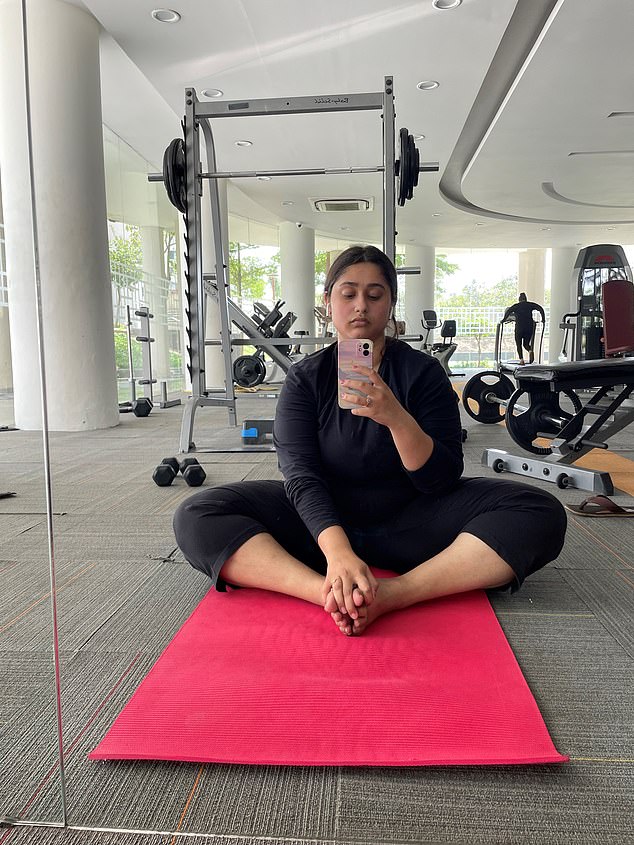
Varisha Tariq, a London-based writer, has an ‘obese’ BMI but doesn’t believe her weight stops her from being fit. The 26-year-old says she has been training since she was 12 and loves going to the gym for the ‘joy and adrenaline’ it gives her
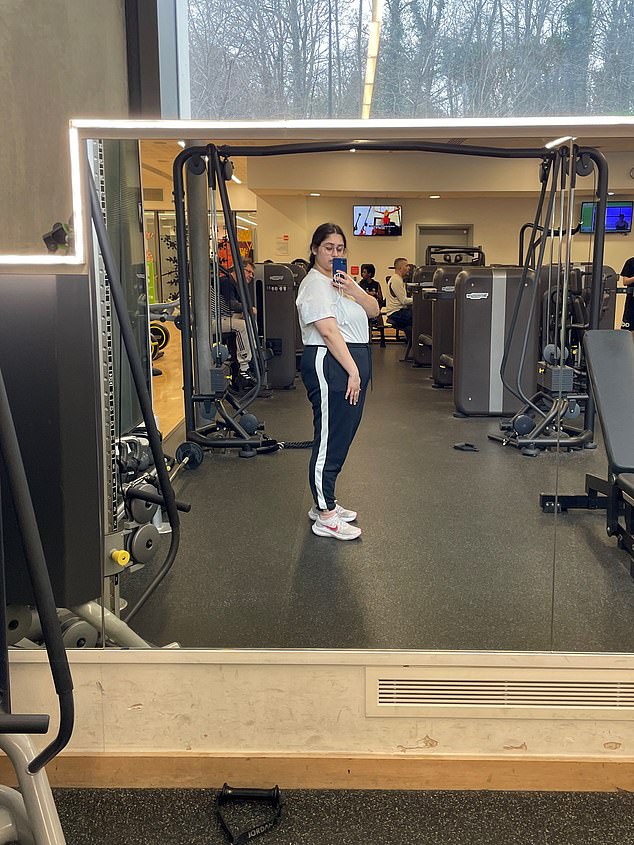

Ms Tariq, who weighs 95kg and is 165cm tall, does not believe her weight stops her from being fit
Obesity can cause a range of life-threatening diseases, such as heart disease, fatty liver disease and kidney problems.
BMI is the most commonly used indicator to determine whether someone falls into this category. It is calculated by dividing a weight in kilograms by the squared height in meters.
However, doctors have long warned about the shortcomings of BMI, which have come under increasing scrutiny in recent years.
For example, it is not possible to determine whether someone weighs more than average for their height due to excess muscle or fat tissue. This could mean that a rugby player and a couch potato of the same height and weight have the same BMI score.
Varisha Tariq, a London-based writer, has an ‘obese’ BMI.
The 26-year-old says she has been training since she was 12 and enjoys going to the gym for the “joy and adrenaline” it gives her.
Ms Tariq, who weighs 95kg and is 165cm tall, does not believe her weight stops her from being fit.
She has no health problems due to her weight according to a recent check-up, always walks 10,000 steps a day, cooks from scratch most days and is ‘at peace and happy’ with her body. “I lead an active and healthy life,” said Miss Tariq.
As a result, she believes BMI is not a good indicator of health.
“It’s absolutely the worst, and it shouldn’t be part of the welfare and healthcare system,” she said.
“The science behind it is not for weight loss… In my case, it has never been a healthy measure of my health.”
There are a large number of fitness influencers preaching body positivity and sizing in sports and wellness.
Mirna Valerio (@themirnavator), who describes herself as “fat” to her 160,000 followers on Instagram, argues that BMI is “unreliable” and that it “only begins to tell the possible story of where someone’s health might be.”
The avid runner says her high physical activity allows her to maintain a “reasonably healthy lifestyle.”
Although she notes that she still has a long way to go to reach her optimal fitness, she says that her blood sugar, blood pressure and cholesterol levels are all normal.
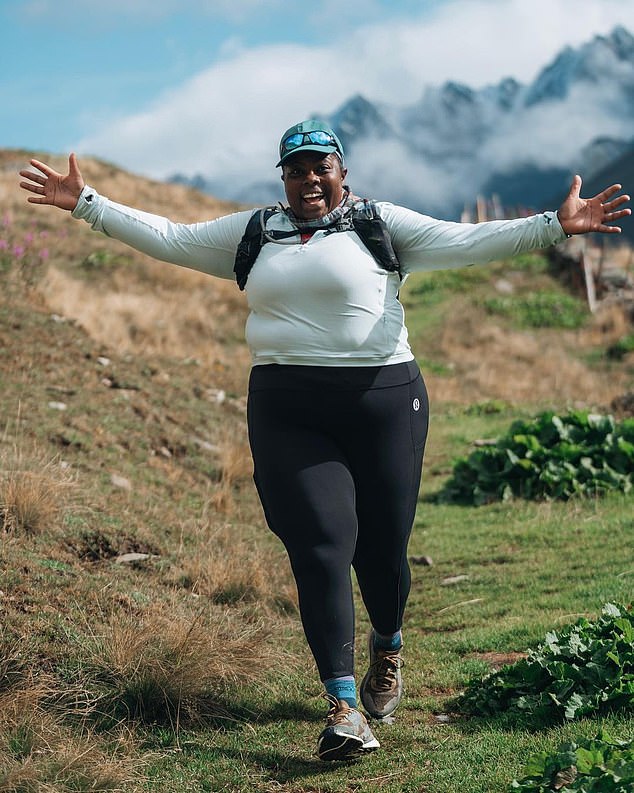

Mirna Valerio (@themirnavator), who describes herself as “fat” to her 160,000 followers on Instagram, argues that BMI is “unreliable” and that it “only begins to tell the possible story of where someone’s health might be.”
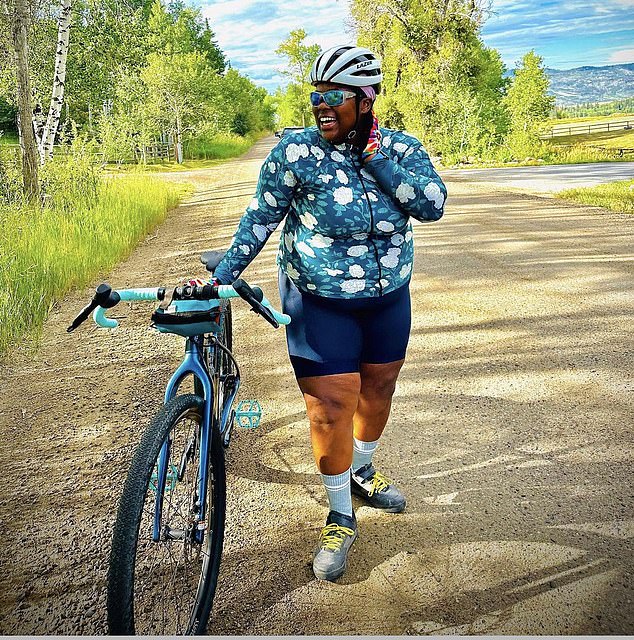

The avid runner says her high physical activity allows her to maintain a “reasonably healthy lifestyle.” Although she notes that she still has a long way to go to reach her optimal fitness, she says that her blood sugar, blood pressure and cholesterol levels are all normal.
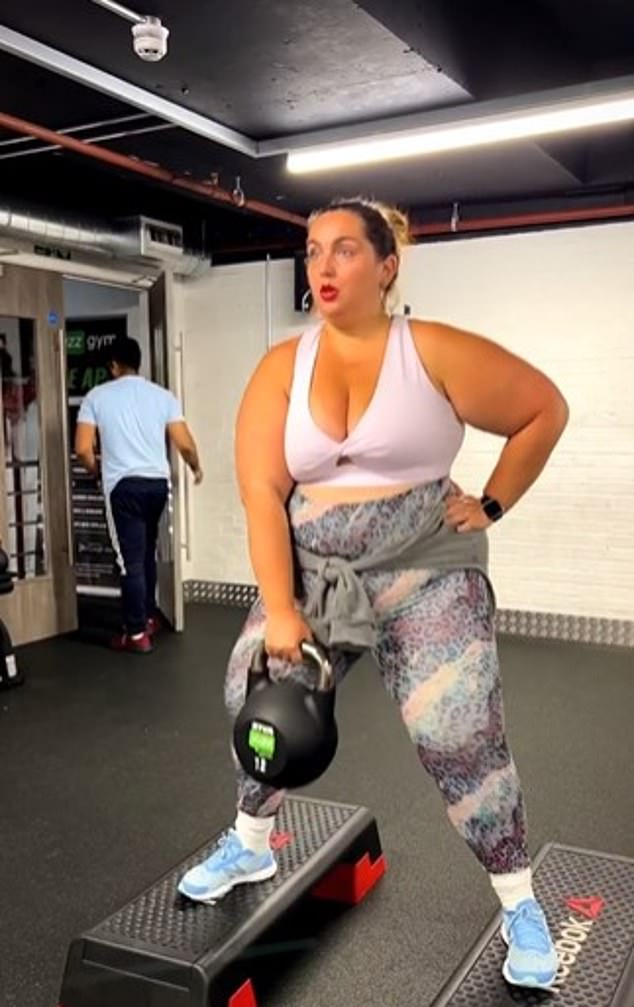

Plus size influencer Alexia (@curvylexie28), who has 39.9k Instagram followers, challenges ‘harmful stereotypes and fatphobia’


The fitness enthusiast believes that ‘health is not determined by body size’ and states that many plus-size people prioritize their wellbeing through regular exercise and diet
Plus size influencer Alexia (@curvylexie28), who has 39.9k Instagram followers, is challenging ‘harmful stereotypes and fatphobia’.
The fitness enthusiast believes that ‘health is not determined by body size’ and states that many plus-size people prioritize their wellbeing through regular exercise and diet.
Personal trainer Louise Green (@louisegreen_bigfitgirl), who has 65.7k Instagram followers and wants to make athletic sizing inclusive, argues that ‘size and weight are just arbitrary numbers’.
The influencer, who posts body-positive posts and workouts at the gym, wants to challenge the “assumption that larger bodies are less capable.”
Dr. Mark Homer, an exercise phycologist at Buckinghamshire New University, echoed their arguments. He told The times that body weight ‘is not the most important thing to consider when assessing someone’s health’.
He said: ‘Exercise will help improve long- and short-term outcomes for most people. It’s better to be fat and fit than thin and unfit.
Just being slim does not guarantee good health. Much research has linked being inactive to type 2 diabetes, some types of cancer and even premature death.
A sedentary lifestyle is believed to slow metabolism, which affects the body’s ability to regulate blood sugar and blood pressure and break down body fat.
Despite this, the “fat but fit” phenomenon remains controversial due to the wide range of health problems associated with weight.
The NHS tells overweight and obese people to work towards achieving a healthier weight.
It advises obese people to lose 5 percent of their body weight to help lower blood pressure and reduce the risk of type 2 diabetes.
Adults should also do at least some form of physical activity every day, according to the NHS. This is because exercising even just once or twice a week can reduce the risk of heart disease or stroke.
